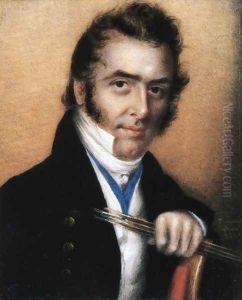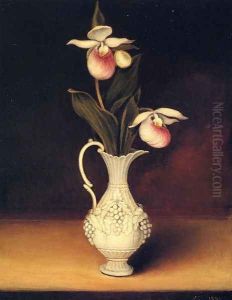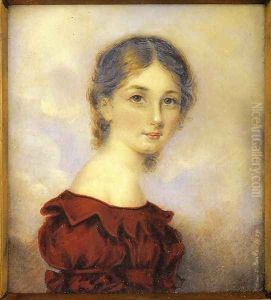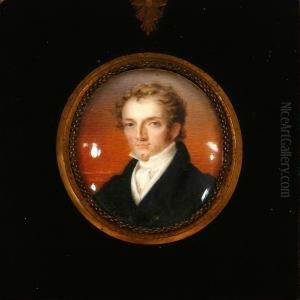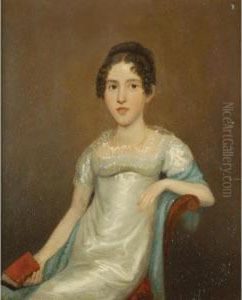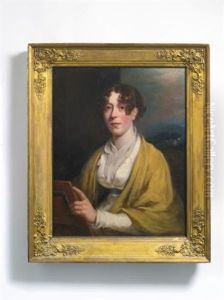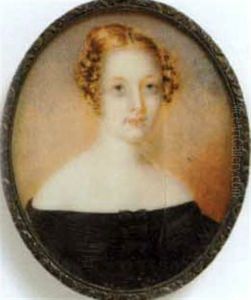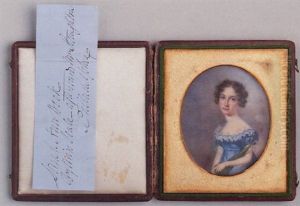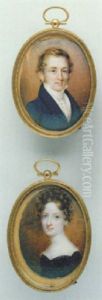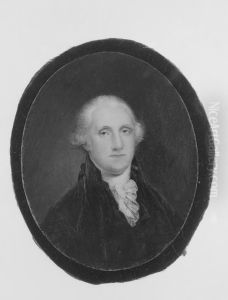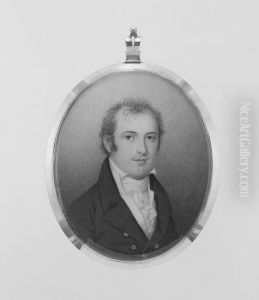Anna Claypoole Peale Paintings
Anna Claypoole Peale was an American painter born on March 6, 1791, in Philadelphia, Pennsylvania. She was part of an illustrious family of artists, the Peale family, which played a significant role in shaping the cultural landscape of the early United States. Her uncle, Charles Willson Peale, was a notable artist and museum founder, and many of her siblings and relatives were also accomplished artists, including her father James Peale and her cousins Rembrandt and Raphaelle Peale.
Anna specialized in miniature portraits, a popular art form of the time, which involved painting highly detailed and small portraits, often worn as personal keepsakes or used as mementos. She was a pioneer among women artists in America, achieving professional success in what was then a male-dominated field. In 1818, she became the first woman to exhibit at the Pennsylvania Academy of the Fine Arts and later became one of the first two female members of the Academy in 1824.
Throughout her career, Anna Claypoole Peale produced over 200 miniature portraits. Her works were known for their delicate and precise style, rich in detail and character. She captured the likenesses of many prominent figures of her day, which included politicians, military officers, and socialites. Her artistry contributed to the documentation of the faces of the American elite during the early to mid-19th century.
Despite the challenges of the era's social constraints on women, Anna achieved both critical and financial success. She traveled extensively in pursuit of commissions, working in cities like Baltimore, Washington D.C., and New York. In 1829, she married General William Duncan, which led to a decline in her artistic output. Following her husband's death in 1841, she resumed painting to support her family, continuing to work until her later years.
Anna Claypoole Peale's legacy is one of skill, perseverance, and trailblazing in the arts. Her contributions to American portraiture and the miniature painting tradition helped pave the way for future generations of female artists. She passed away on December 25, 1878, leaving behind a rich body of work that offers a window into the visual culture of her time.
